Stabilizing your camera doesn't have to be complicated...
Our expert research will help you find the best camera stabilizer for your needs

How Many Legs Does A Tripod Have? Everything You Need to Know
A tripod is a useful piece of equipment in photography and videography. It allows a camera to get a better image by reducing vibration and
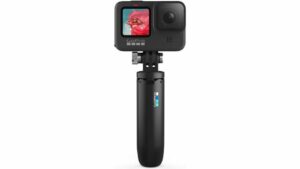
How to Mount GoPro to Tripod for Crisp, Steady Footage
If you’re looking to get the most out of your GoPro, you need to know how to mount it to a tripod. Whether you’re using

How To Set Up Your Tripod In 5 Minutes Or Less
If you’re like most people, setting up your tripod is something that you only do when you really need to. But with a little preparation
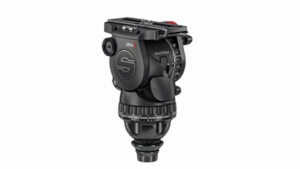
How to Remove Fluid Head From Tripod?
A fluid head is a tripod head that has an internal ball joint, which allows the head to move but not turn. This can be

How To Take Pictures of Yourself Without a Tripod?
If you’re looking for some tips on how to take pictures of yourself without a tripod, look no further. In this post, I’ll cover some

Are All Tripod Heads Universal? The Ultimate Guide
A tripod head is a device that attaches to the top of a camera’s tripod and is used to position the camera. They play an
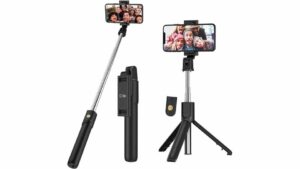
The Ultimate Guide on How to Mount an iPhone to a Tripod in 2023
As a photographer, you know that using a tripod is key to getting the perfect shot. But what do you do when you want to

How to Take Pictures With Tripod?
A tripod is one of the most important accessories a photographer should carry. It is a three-legged stand that holds your camera in place so
News
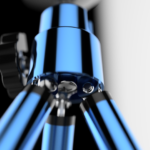
Best Tripod For Cooking Videos in 2023
Food photography requires a lot of equipment, but a tripod is a necessary part of
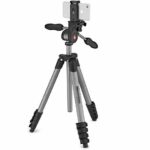
Best Tripod For iPhone in 2023 (Top Picks): Buyers Guide
Are you looking for the best tripod for your iPhone? Whether you’re a professional photographer

Top 5 Best Travel Tripod for iPhone in 2023:Expert’s Guide
As a photographer, you know that having a quality tripod is essential for getting the
Tips
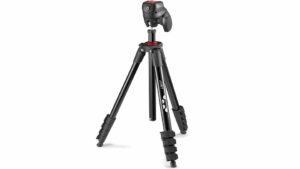
Can I Bring A Tripod on A Plane?
This article will teach you everything you need to know

Do You Need A Tripod For Travel – Photography Tips
Do you need a tripod for travel? The answer to

Should I Turn off Image Stabilization When Using a Tripod?
Ever wondered whether you should turn off image stabilization when
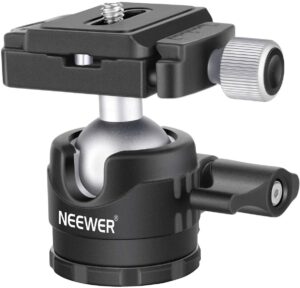
How to Remove Ball Head From Tripod?
In this article, we will be discussing how to remove